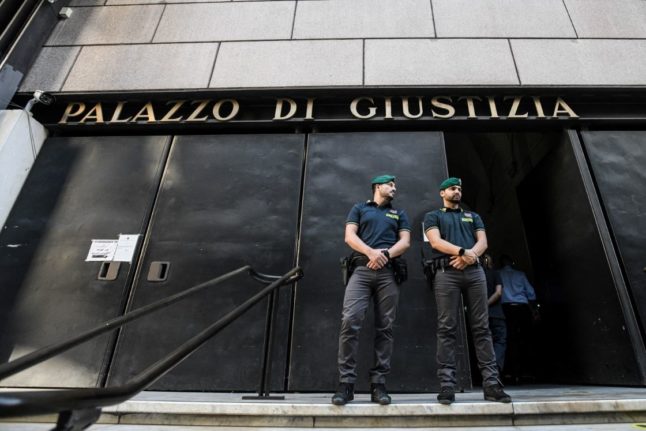The EPPO reportedly placed Italy under special surveillance measures following findings that 179 out of a total of 206 investigations into alleged fraud of funds through the NextGenerationEU programme were in Italy, news agency Ansa reported.
Overall, Italy also had the highest amount of estimated damage to the EU budget related to active investigations into alleged fraud and financial wrongdoing of all types, the EPPO said in its annual report published on Friday.
The findings were published after a major international police investigation into fraud of EU recovery funds on Thursday, in which police seized 600 million euros’ worth of assets, including luxury villas and supercars, in northern Italy.
The European Union’s Recovery and Resilience Facility, established to help countries bounce back from the economic blow dealt by the Covid pandemic, is worth more than 800 billion euros, financed in large part through common EU borrowing.
READ ALSO: ‘It would be a disaster’: Is Italy at risk of losing EU recovery funds?
Italy has been the largest beneficiary, awarded 194.4 billion euros through a combination of grants and loans – but there have long been warnings from law enforcement that Covid recovery funding would be targeted by organised crime groups.
2023 was reportedly the first year in which EU financial bodies had conducted audits into the use of funds under the NextGenerationEU program, of which the Recovery Fund is part.
The EPPO said that there were a total of 618 active investigations into alleged fraud cases in Italy at the end of 2023, worth 7.38 billion euros, including 5.22 billion euros from VAT fraud alone.
At the end of 2023, the EPPO had a total of 1,927 investigations open, with an overall estimated damage to the EU budget of 19.2 billion euros.



 Please whitelist us to continue reading.
Please whitelist us to continue reading.
Member comments